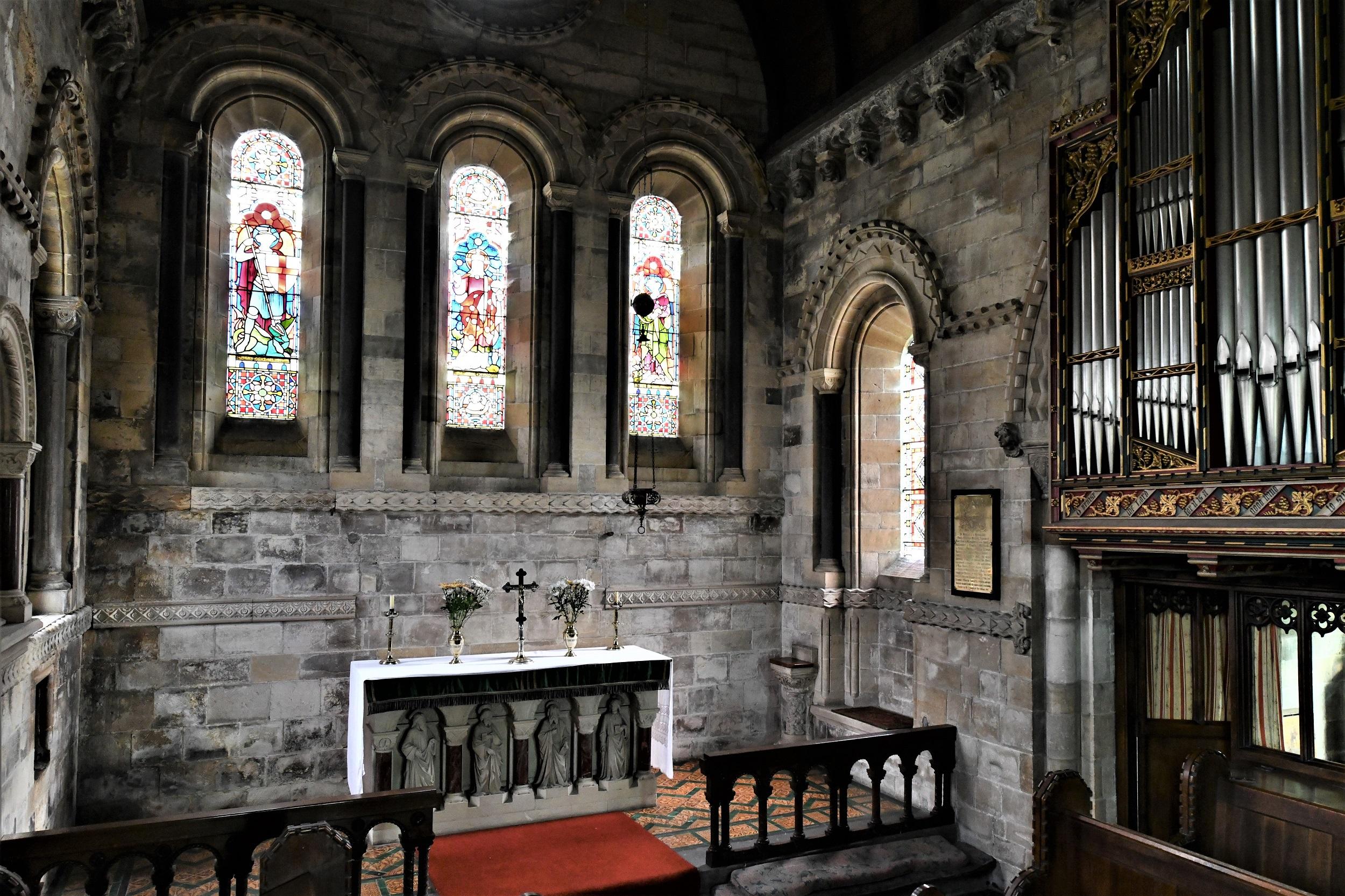Slingsby Methodist Church
Slingsby, Yorkshire
Situated in the centre of Slingsby village just off the village green with its ancient maypole and surrounded by lime trees.

A treat for the senses, boasting some of the finest Romanesque carvings to be found in a Norman church.
Barton le Street, Yorkshire
Architectural historian Nicholas Pevsner called it 'a sumptuous small Norman church, rebuilt without any restraint' and we think he has got it just about right.
At first glance, St Michael's appears to be a Victorian church, with its round windows and Gothic style bell cote. But the church is the result of a restoration beginning in 1871. The first church at Barton le Street was built about 1160, and the current building retains much of the original stonework.
St Michael's is famed for the wonderful carvings which decorate the church inside and out. The porch is magnificent, with figures representing the seasons, the Adoration of the Magi, birds, dragons, signs of the Zodiac, and human and mythological figures. A sculptured frieze of can be seen inside chancel, high on the wall. These carvings were originally outside but were brought inside for preservation.
It is thought that masons responsible for the original Norman carvings may have worked at the great cathedrals of Durham and York.
Come and take a look for yourself.
Slingsby, Yorkshire
Situated in the centre of Slingsby village just off the village green with its ancient maypole and surrounded by lime trees.
Amotherby, Yorkshire
A beautiful church of 12th century origins with 18th and 19th century discoveries while excavating the churchyard indicates likely Anglo Saxon foundations, the surrounding conservation churchyard, is a peaceful haven for people and wildlife.
Malton, Yorkshire
The building was erected in 1811 to a design by the Revd William Jenkins, one of John Wesley’s itinerant preachers who combined preaching with chapel design.